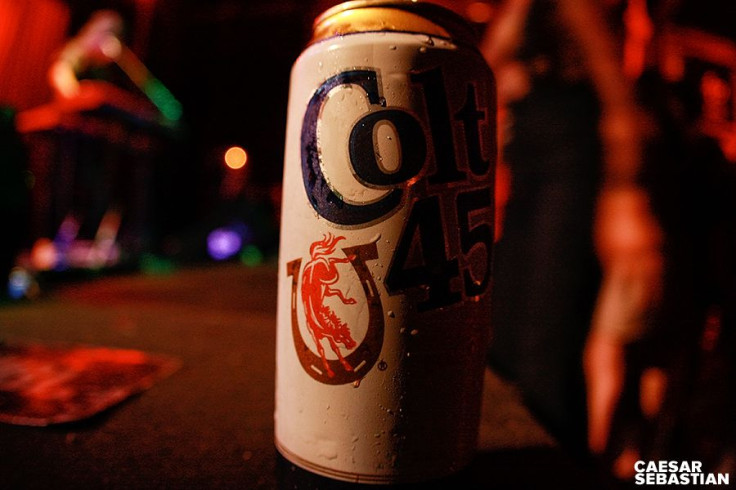High-Octane Beer Linked To ER Patients: Which Brands Of Beer Will Most Likely Put You In The Hospital?

Alcohol consumption is tied to higher rates of intentional injury, physical accidents, and violence, but are some brands of booze more prone for stimulating such behavior? A new study in the journal Substance Use and Misuse takes a look at what people had to drink before winding up in an emergency room.
“Recent studies reveal that nearly a third of injury visits to Level I trauma centers were alcohol-related and frequently a result of heavy drinking,” said lead study author Dr. David Jernigan, director of the The Center on Alcohol Marketing and Youth (CAMY) at Johns Hopkins University.
Alcohol causes an average of 80,000 deaths per year in the U.S. with about one-tenth being related to drunk driving. Drinking is also linked to higher rates of intentional injury, suicide, and homicide, which generates a national economic burden of over $200 billion.
“Understanding the relationship between alcohol brands and their connection to injury may help guide policy makers in considering taxation and physical availability of different types of alcohol given the harms associated with them,” continued Jernigan.
Every Friday and Saturday night for a year, Jernigan’s team surveyed emergency room visitors at JHU’s medical center in downtown Baltimore. Over this time period, the researchers recruited 105 people, who had been drinking before their injury, to discuss what type of alcohol they had consumed. Of the volunteers, 69 percent were male African Americans, which matched the demographics of the area.
The five brands of beer most associated with these hospital visits were Budweiser, Steel Reserve, Colt 45, Bud Ice and Bud Light. Moreover the investigators found that over 50 percent of the injuries were connected to four malt liquors: Steel Reserve, Colt 45, Bud Ice and King Cobra. Malt liquors have higher alcohol content than normal beer.
This preference was cross-analzyed with national data on alcohol sales, which ultimately suggested that these brands are over represented in this population. Distilled spirits, like vodka, gin, and cognac, were also disproportionately higher when compared to national sales.
A nationwide survey in this vein may help policymakers improve warning labels on alcohol products for different types of people. For instance, women in this study were more likely to report consuming ‘ready-to-drink’ beverages
Jernigan and his colleagues admit that their findings may only be representative of a small community in Baltimore, but assert the methods developed in this study could be applied in other cities and hospitals across the country.
Source: Jernigan DH, Cukier S, Ross C, Ahmed SR, Stolbach A. Alcohol Brand Use and Injury in the Emergency Department: A Pilot Study. Substance Use and Misuse. 2013.
Published by Medicaldaily.com



























